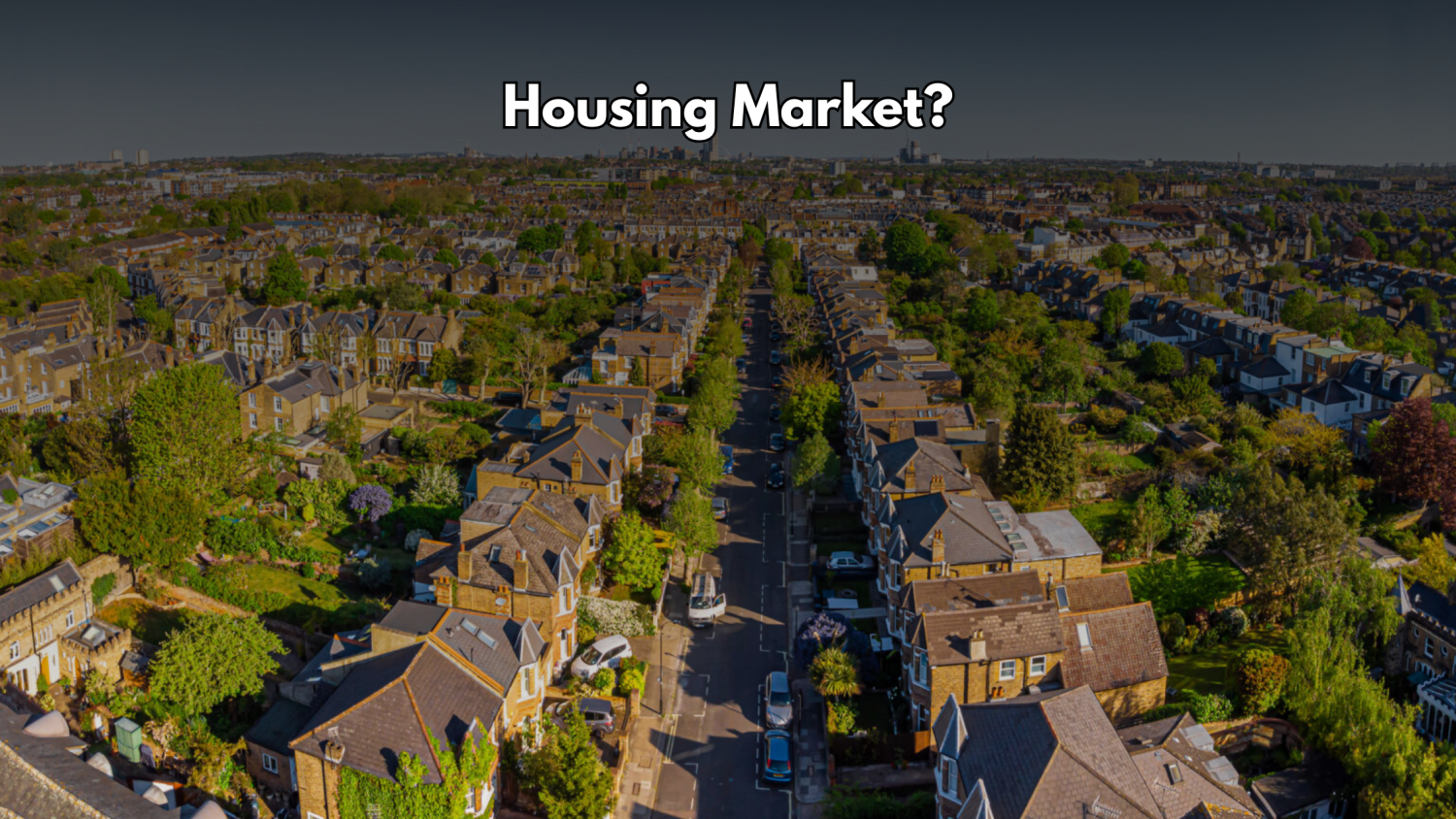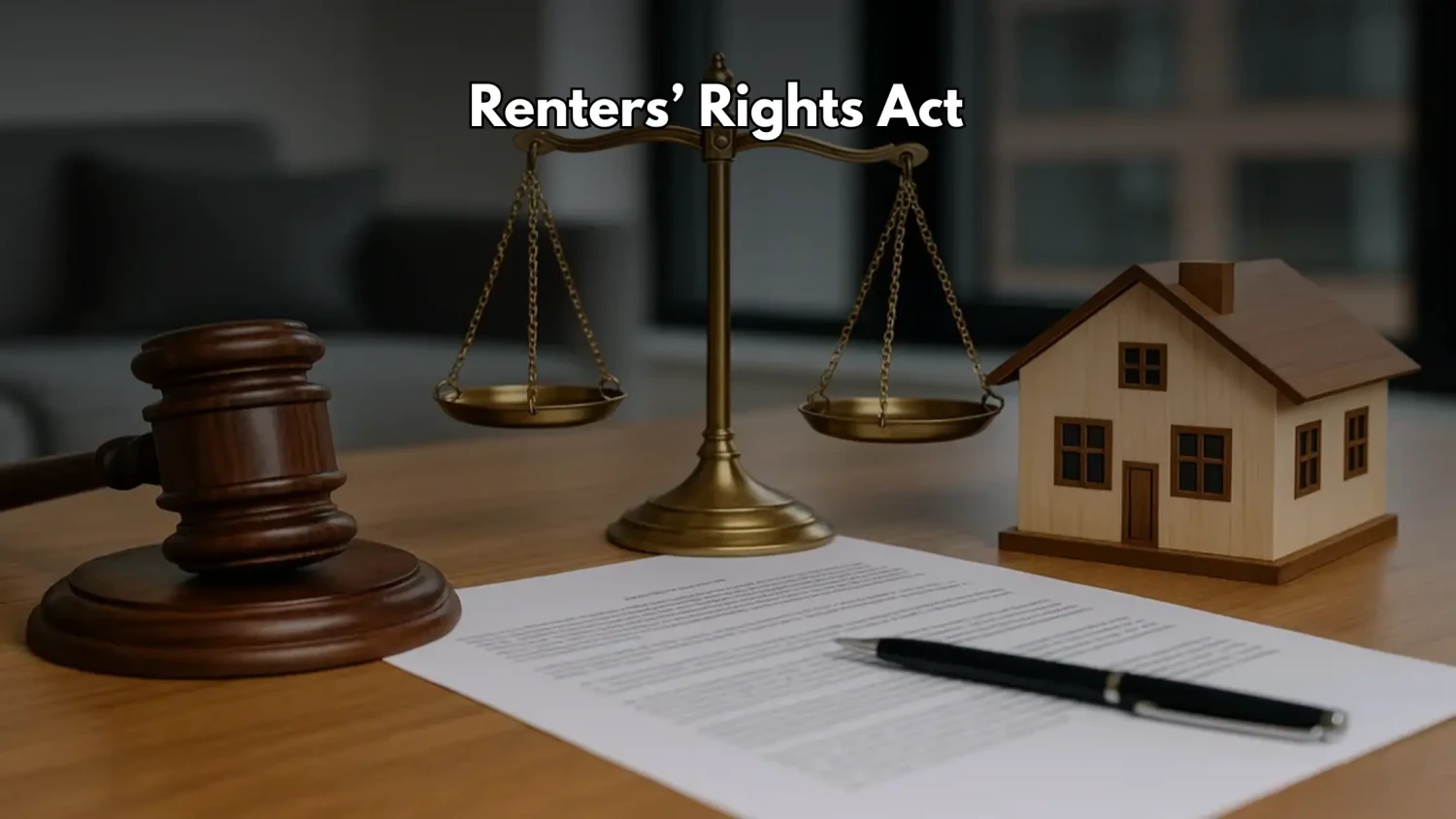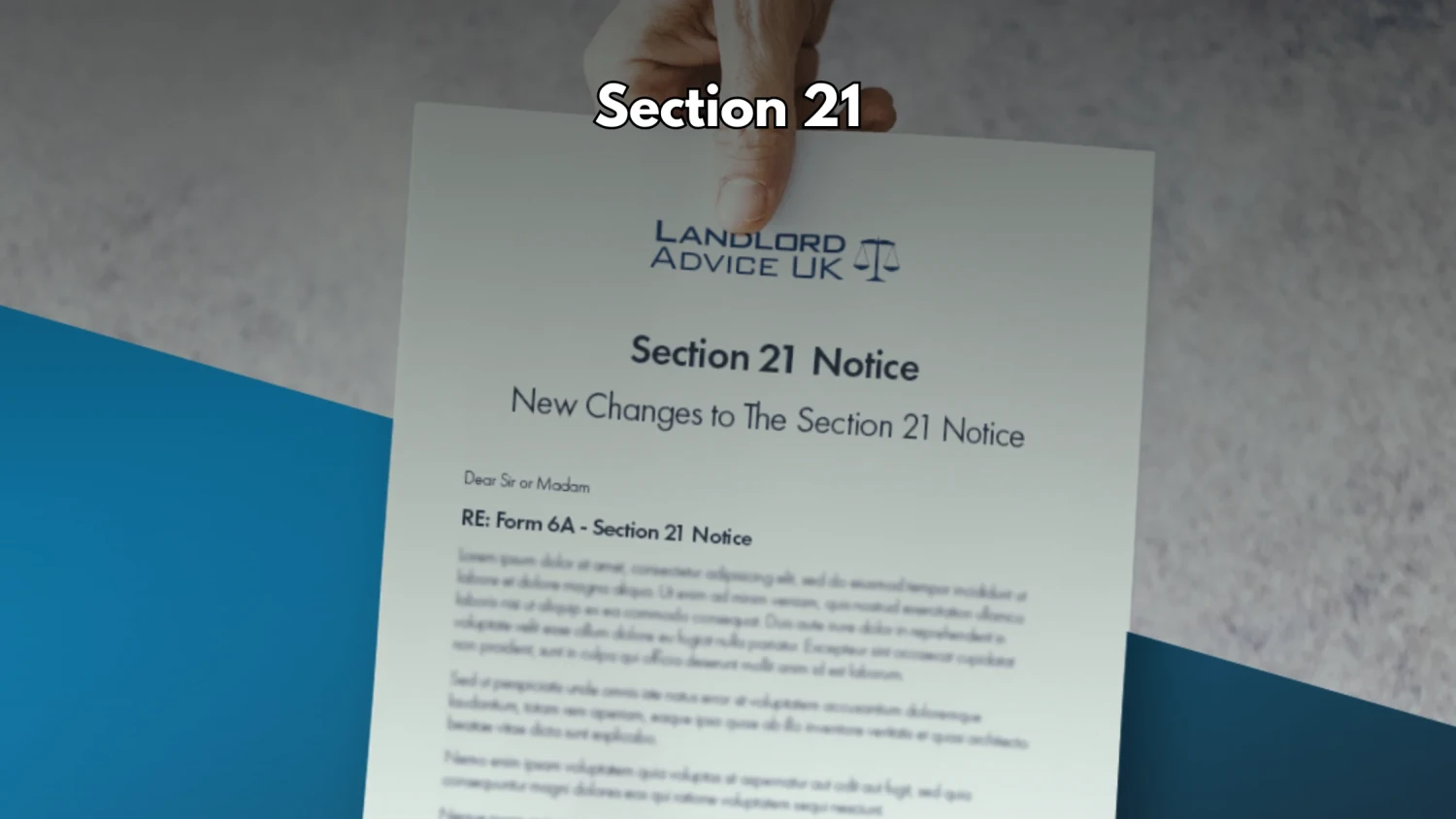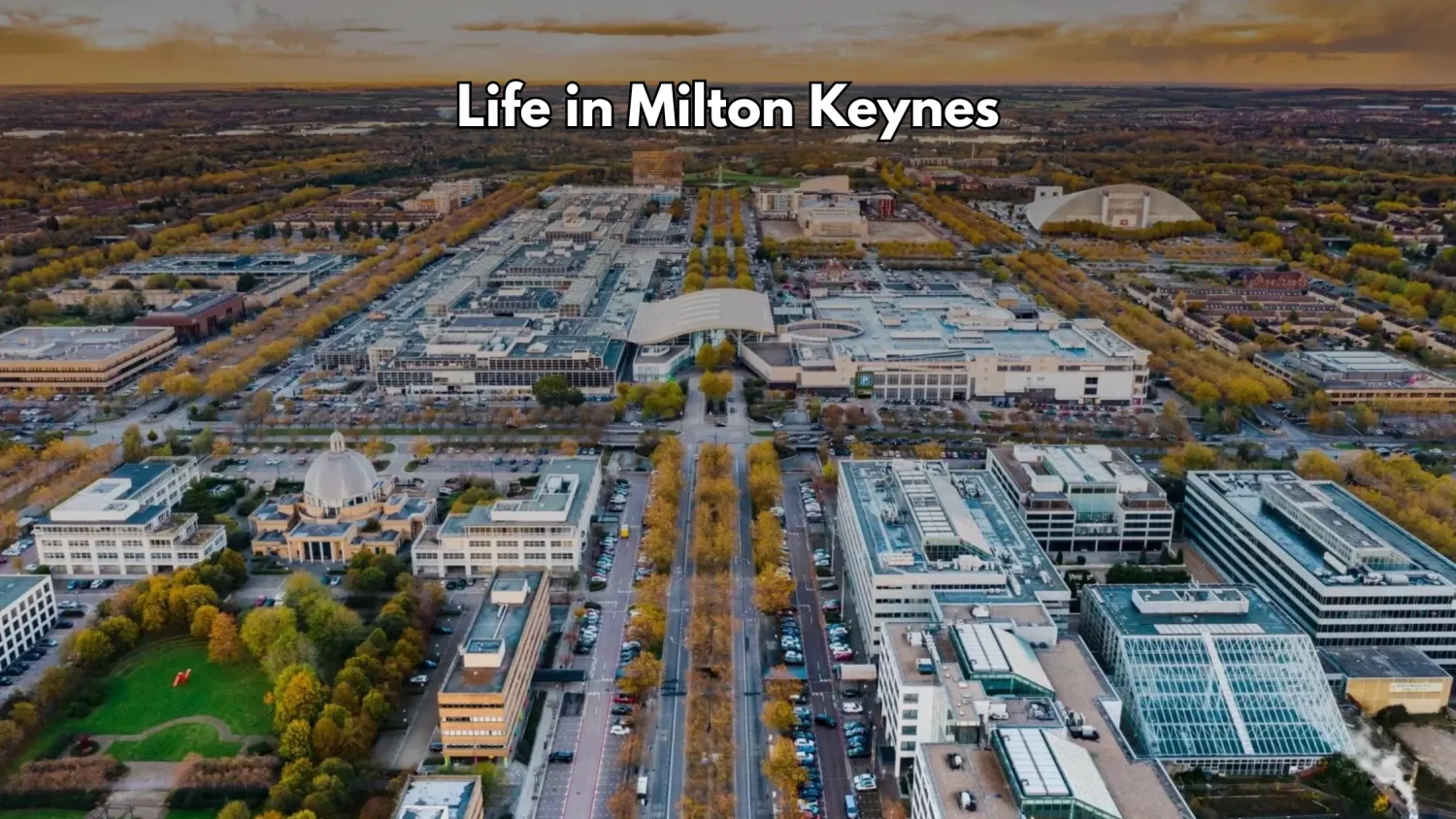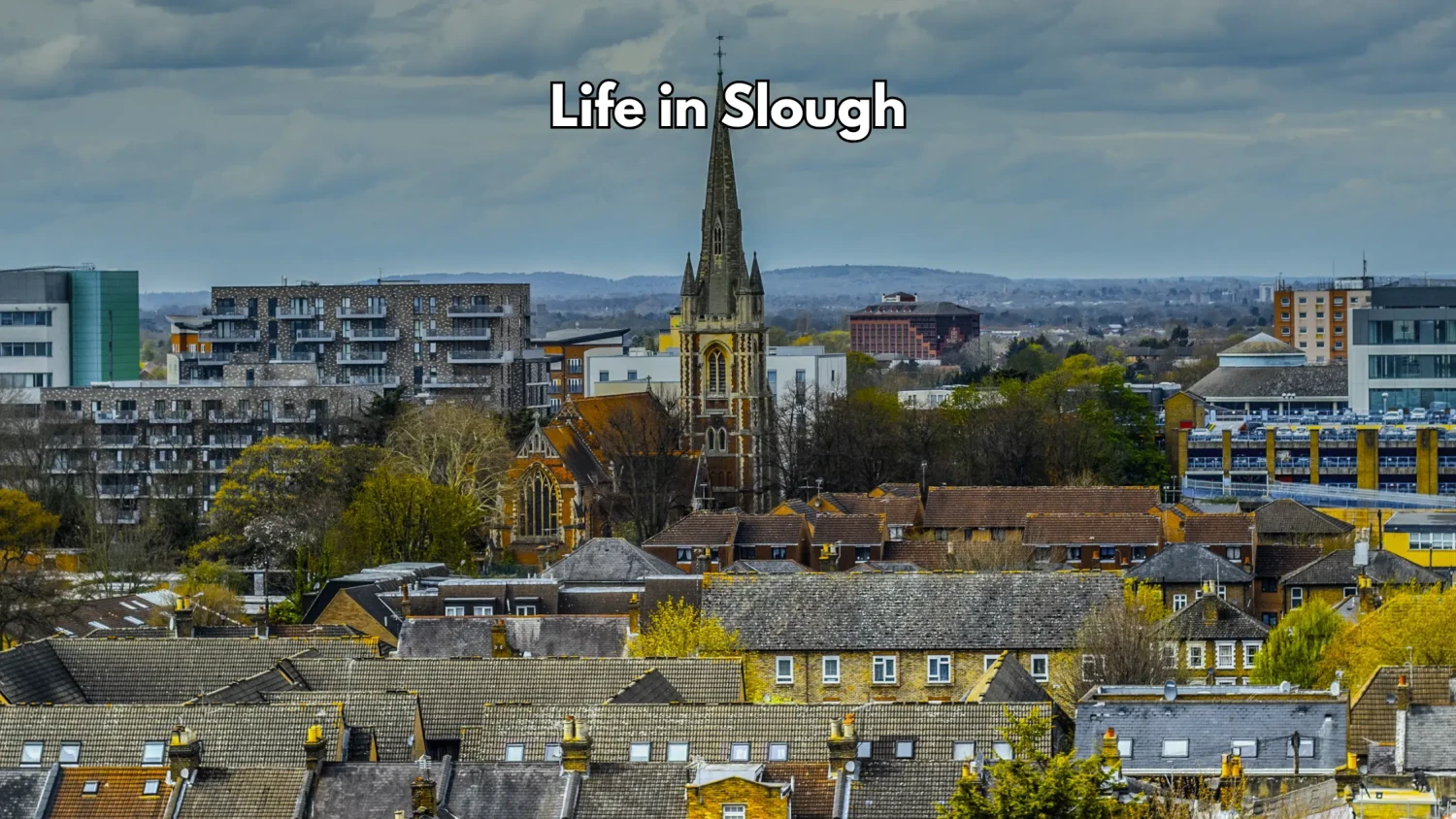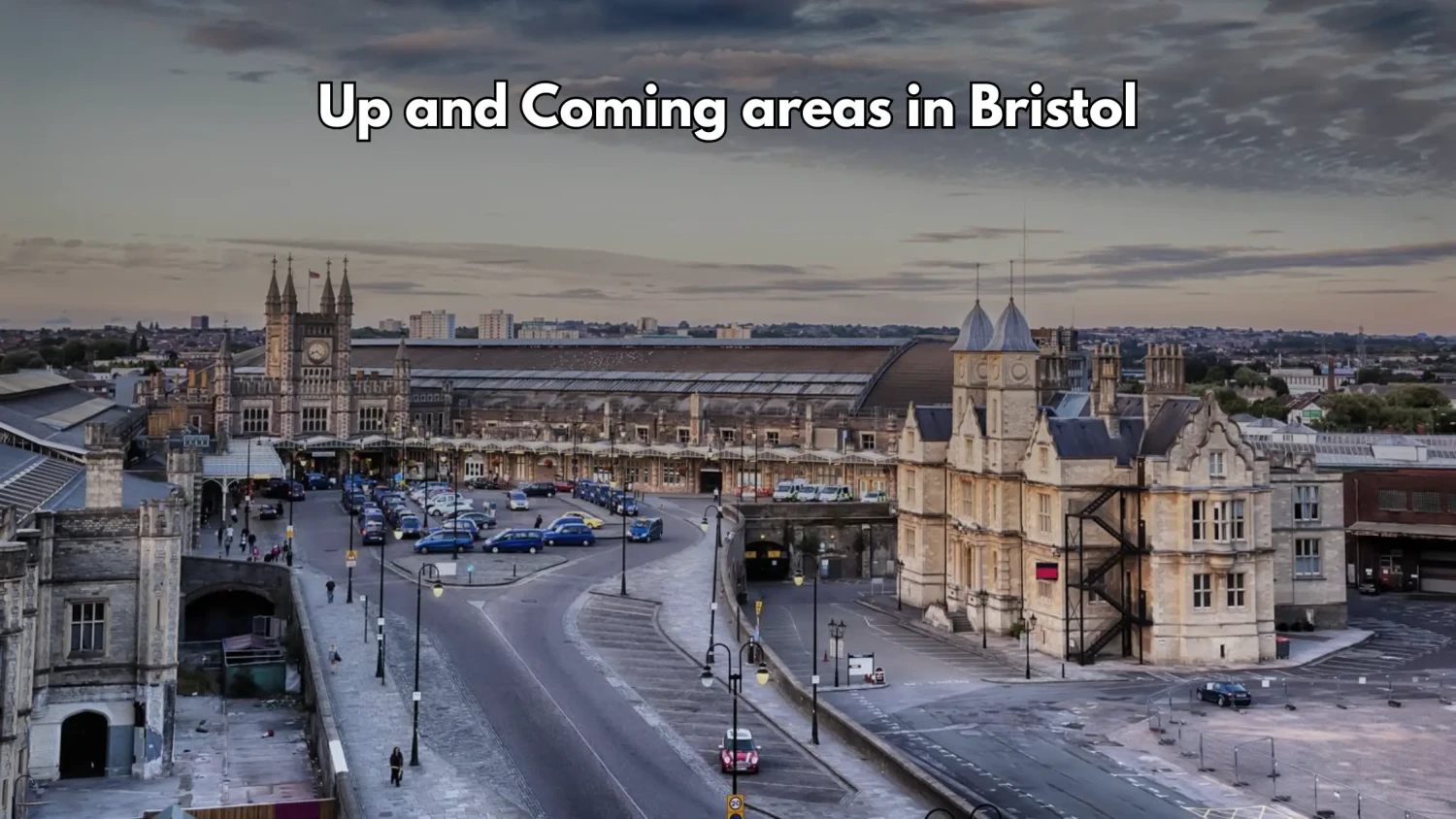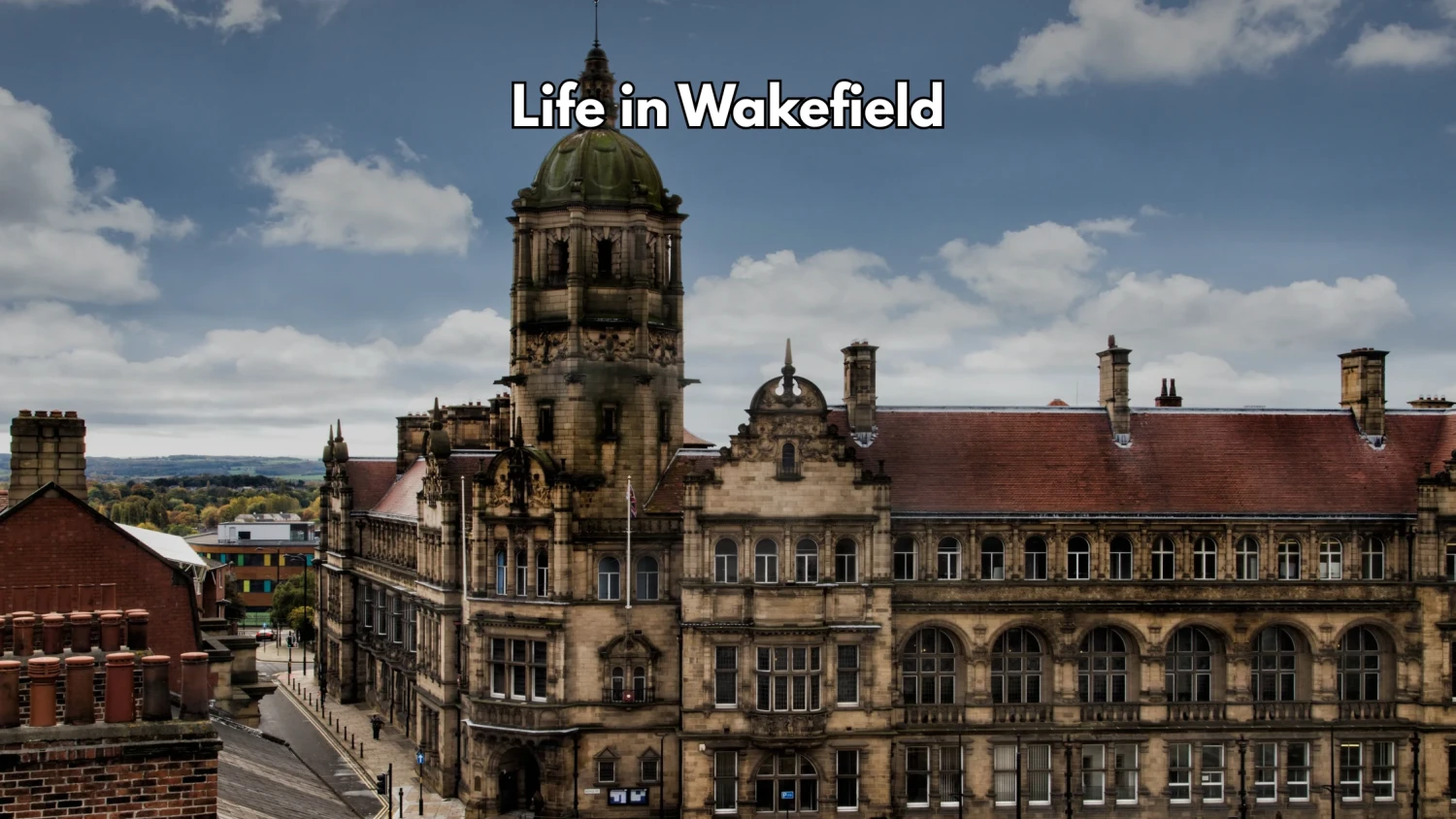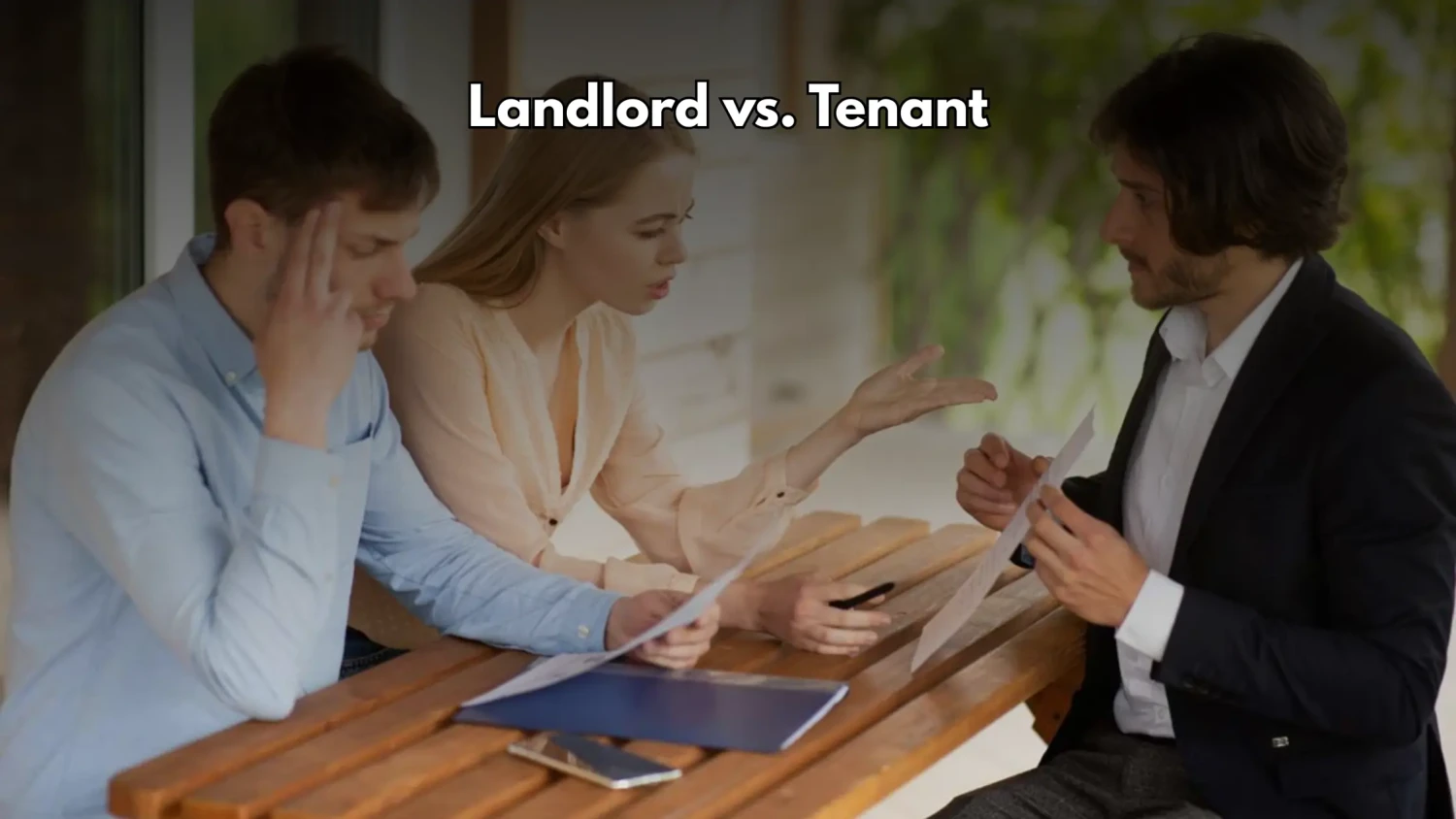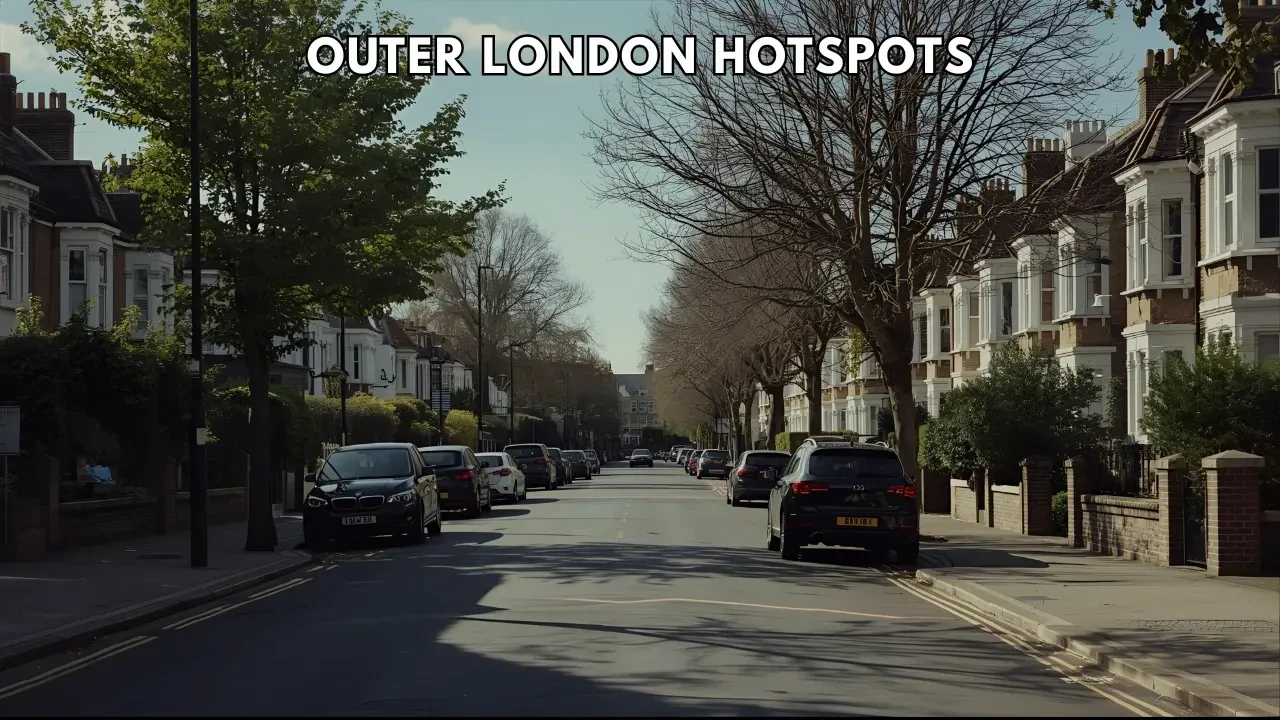
The rental market of London has always been quite lively, but a clear change is forming. A higher number of tenants are now scoping out areas in Outer London instead of focusing their search purely on Zones 1 and 2, where better affordability, community, and connectivity are factors. The 7-11 mile radius from the city centre has emerged as the new sweet spot for the ones looking for reasonably priced flatshares with no compromise on the easy access to the capital’s heart.
The Rise of Outer London Living
The rise of central rents to unprecedented heights has made renters realize that living in the suburbs a bit further from the city often equals more space, trees around, and a more affordable price. The areas where flatshare seekers used to go for cheapness are now transformed into cities where the club and living conditions are quite pleasant.
Where Affordability Meets Accessibility
Abbey Wood, Forest Gate, and Crystal Palace are among the top neighborhoods that already started to flourish.
Abbey Wood (SE2): Despite being neglected getting less attention, Abbey Wood has now big times attracting renters to its cheap flatshares and fast Elizabeth Line Cathedral to West End connections. Affordable rent is still very much below the average rates in London thus Abbey Wood is perfect for young professionals as well as students.
Forest Gate (E7): Positioned nicely between East London and the surrounding areas, Forest Gate attracts people who adore the old Victorian style and at the same time modern new buildings in the neighborhood. The available mix of small local shops, cafes, and good transport links gives the area a practical and vibrant touch for those seeking a community and not wanting the chaos that comes with it.
Crystal Palace (SE19): Crystal Palace is located atop of a hill offering beautiful and expansive views of the city. It has the creativity and the feel of a village all in one place. The vibrant high street, the parks, and the easy access to London Bridge and Victoria combine to make this one of the most livable, yet still affordable, areas in South London.
Demand is also going up in less popular neighborhoods such as Plaistow, Tottenham, and Catford with the plus side being that every one of them has a completely different local culture while rent prices are still hundreds lower than in more central postcodes.
Why These Areas Work for Flatshares
Professionals, students, and remote workers are drawn to flatshares in outer London for the reason that they are looking for a mix of cost, comfort, and connection. Accommodating by sharing in these areas gives the capacity to tenants to live in spacious homes with access to outdoor areas, pay lesser in utility bills, and have the opportunity to be near a lively local community ,all this within a short train ride from Central London.
To top it off, the Elizabeth Line and better Overground routes have changed the way people commute. It is no longer the case that these zones are “far out” with the faster and more frequent services they offer; they are just areas that provide better value for money.
The Shift in Renter Priorities
The increasing popularity of these peripheral areas indicates a wider transformation in the perception of living in London. Rather than renting a property in a prestigious postcode area for high rent, tenants are making wise choices. They want places that perfectly match their financial conditions and life-cum-acceptance aspirations, neighborhoods that are both affordable and inclusive.
Conclusion
At Cribo, we have witnessed the transformation of renting in the capital by Outer London directly. The next trend in London living is not about proximity to the downtown area but rather based on feeling comfortable in the neighborhood that fits both your lifestyle and your pocket. Whether it is the quiet and green Abbey Wood or the vibrant and artistic Forest Gate, Outer London's 7-11 miles circle is quickly turning into the city’s most thrilling boundary for cheap flatshares.
